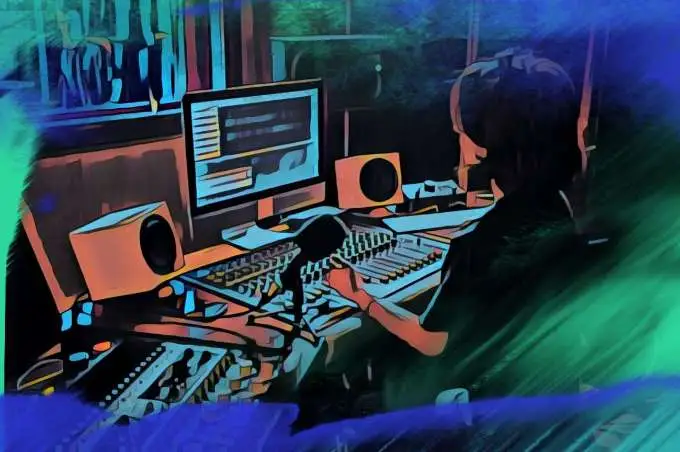One of the most powerful methods in the world of mixing is subtractive eq. Subtractive equalization helps cut out unwanted frequencies so that you can help the best parts of your mix shine. Whether you have an uneven balance across the frequency spectrum or need to clean up a muddy track , the common yet mighty music production method is your best friend.
Below, we'll detail what subtractive EQ is, how it works, and showcase ways to use subtractive EQ across any frequency range. You'll soon find that subtractive equalization is an irreplaceable part of the mixing process.
What Is Subtractive EQ?
Subtractive EQ or subtractive equalization is the process of cutting out problem frequencies in a mix utilizing an equalizer plugin. This is the converse of additive EQ, where the engineer focuses on boosting frequencies rather than removing unwanted frequencies.
Both EQ methods have their place, but subtractive EQ is primarily used to clean up sounds and create space within a mix so that the best elements of your song can shine. This great technique can be used all throughout the signal chain to produce a cleaner mix.
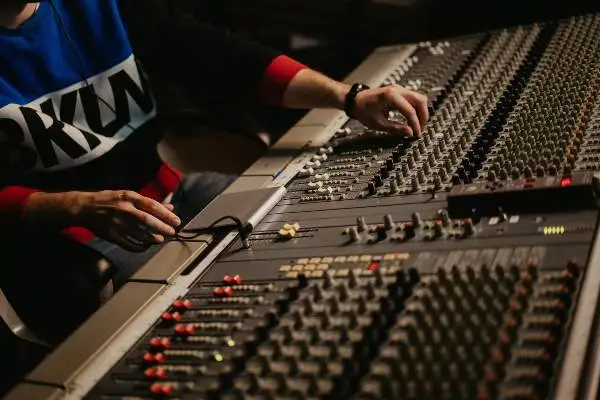
However, like everything else in audio production, you want to use subtractive equalization sparingly and consciously. Too much of this audio processing could lead to a hollow mix or a whole track that doesn't have enough substance to connect with a listener.
While many people may think of a strong Q filter when it comes to subtractive EQ, it can technically extend to any EQ method that involves cutting out excess frequencies like using a low pass or high pass filter . In any case, subtractive EQ emphasizes the best part of your mix and provides more headroom for any further processes during the mixing stage when used properly.
Why Should I Use Subtractive EQ in Mixing?
Subtractive EQ is an extremely helpful tool for giving your mix the extra space it needs to help all frequencies shine relative to the rest of your track. You should use subtractive EQ whenever you need to clean up particular frequencies, make space for a highlighted instrument in your mix, or cut out unwanted noise.
For instance, one of the most difficult parts to reign in is mid and lower frequencies in a mix. The kick drum and bass guitar constantly clash despite both being integral parts in many songs. Instead of having to change the integrity of the entire mix, you can process the bass and kick drum using subtractive EQ processes.
You might reduce or remove frequencies from the two tracks that overlap with one another so that each part can be clearly heard within the mix. This is much better than boosting one of the individual tracks since trying to compensate with excess gain can destroy the balance of a mix if used improperly.
Since subtractive EQ is primarily used to clean up rather than add information to a mix, it may make sense to use specialized eq types like a linear phase eq which is specifically designed to process sound without unintentionally coloring a mix. That being said, you can use your DAW's stock multiband EQ without issue to incorporate subtractive EQ into your mixing workflow.
There are plenty of other scenarios in which you might use subtractive EQ throughout the mixing , mastering , and even recording process. You'd be surprised how much difference a reduced frequency band can make in the overall sound of a song.
Subtractive vs. Additive EQ
Subtractive EQ is the opposite of additive EQ. Whereas subtractive EQ you're using an equalizer to cut out certain frequencies, additive EQ or additive equalization intends to boost certain frequencies. These tools are both useful in their own way.
Generally speaking, subtractive EQ is used for cleaning up and to make space. Additive EQ, on the other hand, is used for emphasis and other creative processing. Note that additive eq can add frequencies to your mix and color your sound, so it makes sense to use it on a particular multitrack that you want to stand out in a mix.
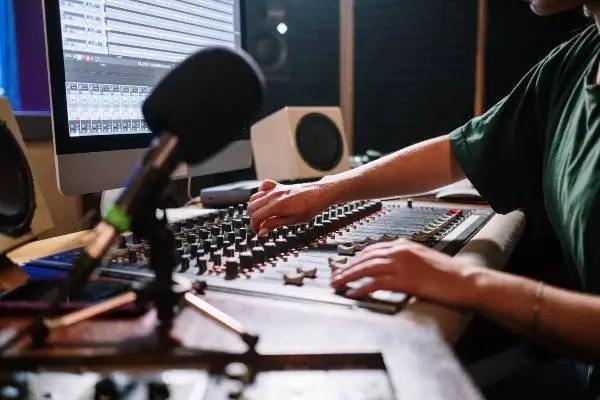
Additive EQ can boost sounds so that they are more present across the frequency range. This could be intermittent, like making an instrument's boost wide during the chorus for a fuller sound, or throughout the entire composition.
Both subtractive and additive EQ processes should ideally be used somewhat sparingly. You shouldn't have to overcompensate to get clarity or highlight a section in your mix, and if you are, there are probably larger balance issues at play more than anything else.
Ways To Use Subtractive EQ In Mixes
There are plenty of ways to incorporate subtractive EQ techniques into your mixes. Here are some of the most common subtractive equalization methods that you will probably find yourself incorporating on a regular basis.
Q-sweep
An EQ sweep uses a Q band to primarily cut out acute frequencies in an audio signal. Since this technique is used to target specific frequencies, the applicable EQ band will be cut narrow so that it only affects a precise section of frequency content.
Q sweeps can be helpful for cutting down on harsh resonances in a vocal track or instrument so that they are less present within a mix.
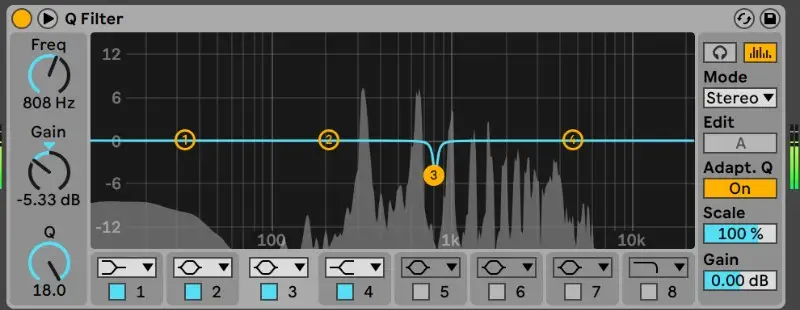
Low pass
A low pass filter is the inverse of a high pass filter used to tame higher frequencies. It lets lower frequencies come through an audio source, all while cutting out unnecessary high-end information. This might be useful for use on tracks that reside in the lower frequency range. For instance, you probably don't need high-end information on the bass in order for it to sound good, so you might use a low pass filter to cut out some of that unnecessary frequency information.
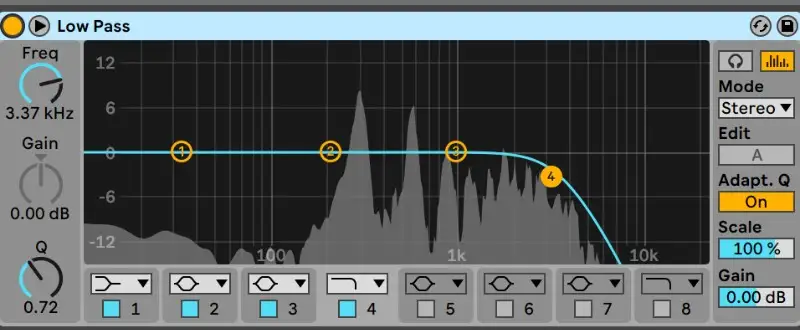
High pass
A high pass filter allows high frequencies to pass through while reducing the amount of lower frequencies present on any particular audio track. It can also be thought of as the opposite of a low pass filter. High pass filters are great for cutting out low-end information on tracks like a vocal or hi-hat that may have some unnecessary low-end clutter.
Use your high pass filter to help reduce mud in your mix, but make sure that you don't cut too far. You want to make sure your processed track still sounds good and holds its own. It's all too easy to go too far and cut out key low or mid frequencies that give your track body.
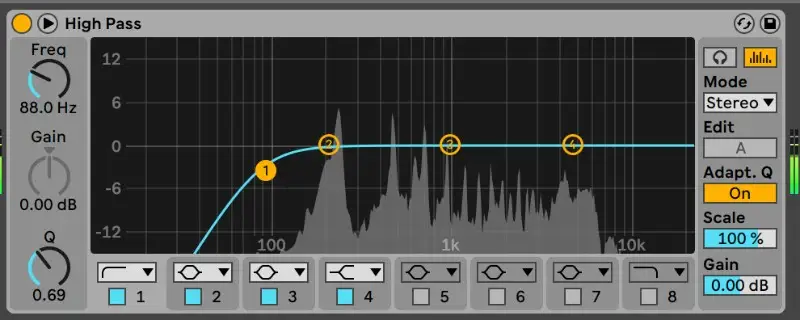
Automation
Another great way to use subtractive EQ in your mixes is to automate your subtractive changes. For instance, you could automate a low pass filter at the beginning of a song so that only the lower frequencies are being heard.
As you approach the beginning of the first verse, you could automate the low pass filter to reveal more and more of the high-end frequencies, creating a fuller sound and a great intro transition to kick off the beginning of your track in a sonically interesting one.
Tips for Using Subtractive EQ
Subtractive EQ needs to be used wisely so that you don't unintentionally undercut the integrity of your mix. Here are some key principles to keep in mind while making your subtractive EQ choices within any particular mix.
Do you want subtractive EQ? Or do you just need to re-record?
When you use subtractive EQ in your mix, make sure you aren't just trying to compensate for recording issues in your mix. You can make subtle changes with your EQ to make room for the key components of your track, but cuts that take up a large amount of bandwidth might best point to taking a step back and re-recording.
While there aren't any set-in-stone rules, you should be able to make any cuts you need without having to pass more than 3 decibels of reduced amplitude give or take. The general principle is that you shouldn't need to make extreme changes to make a good recording sound great. If you need to make drastic EQ changes in order for something to sound acceptable, it's time to go back to the drawing board.
Make use of your on/off switch
When using subtractive EQ, you'll want to regularly toggle your on and off or A/B switch to make sure that you can hear a positive difference between the processed and original signal. Take the time to listen to processed and original signals on a solo track and within the context of your mix.
You may find that you don't need subtractive EQ, or that your cuts can be less drastic than what you originally created. When it comes to both additive and subtractive eq processing, the solo button is one of your greatest assets.
Consider other ways to solve issues in your mix
Don't forget that with every mixing problem, there are multiple ways to arrive at a solution. Before you reach for an EQ of any kind, really stop to ask yourself if your processing plan is the best route available.
Even something as simple as changing the active gain of a multitrack can make a radical difference in the presence of your mix. So, allow yourself to experiment! If you're not sure which method might work the best for a particular mixing problem, why not try both and let the greatest sound win?
One of the best parts of music production is that there is no set-in-stone rulebook to the recording, mixing, or mastering stage of the process. Use this adage to your advantage and take the time to consider all mixing possibilities.
Pay attention to effect chain placement
Remember, each plugin in your chain builds off of exactly what was placed before it. That means that if you don't use subtractive EQ early on in your effect chain, you are more likely to amplify the frequencies you are trying to reduce.
Since subtractive EQ is a reductive process, you'll want to use your EQ plugin to process any particular track before you use any stylistic plugins like reverb , distortion, or delay . It's also worth noting that you may need to use another subtractive EQ after using one of these creative plugins.
This is because certain plugins can add or amplify frequencies into your audio signal that you may not want present in your mix. In any case, just remember that the order in your effect chain matters. There may be times where you are placing a subtractive EQ before and after a plugin, or just on one side or the other.
Don't write off additive EQ
There is a long-held debate surrounding additive and subtractive processing and whether one philosophy is superior to the other. The answer is no. They are both used for entirely different things, so you shouldn't commit exclusively to one over the other. Remember that every mix requires an individual approach, so there is never one "correct" way to approach processing a song.
In many cases, less is more
When in doubt, keep your processing light. Oftentimes, we can mindlessly add plugins to a single track as a default without considering whether or not a sound necessarily needs processing. Try to practice active mixing as much as possible and keep your processing minimal.
Hence, subtractive equalization is a powerful tool that any audio engineer can benefit from incorporating into their workflow. Whether you're cleaning up a muddy mix or making extra space for the key tracks in your song, subtractive EQ is an indispensable tool. Enjoy incorporating this EQ shaping method into your music!


